
Sunday, April 7, 2013
Vancouver - Spring 2013
As many of you already know, I've been living in Vancouver for little over a month now. Subsequently, I've taken a lot of photos of this gem of a city. So let this be a forethought that perhaps i shall be adding some of these photos here.


Tuesday, April 2, 2013
Peru - Inca - Machu Picchu - Part 2
When the explorer Hiram Bingham III encountered Machu Picchu in 1911, he was looking for a different city, known as Vilcabamba. This was a hidden capital to which the Inca had escaped after the Spanish conquistadors arrived in 1532. Over time it became famous as the legendary Lost City of the Inca.
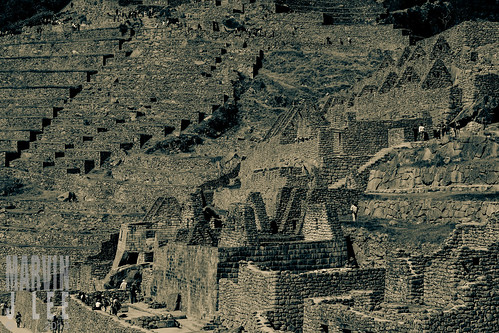
The engineer Kenneth Wright has estimated that 60 percent of the construction done at Machu Picchu was underground. Much of that consists of deep building foundations and crushed rock used as drainage.
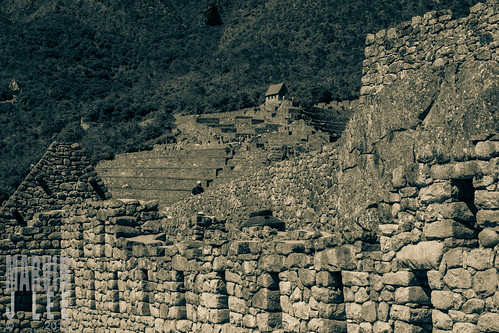
Many of the building blocks that have been used to create Machu Piccu weigh 50 tones or more yet are precisely sculpted and fit together with great precision that the mortarless joints will not permit the insertion of even a thin knife blade.

The ruins of Machu Picchu were declared an UNESCO World Heritage Site in 1983 the ruins have also been included in the new seven wonders of the modern world list.
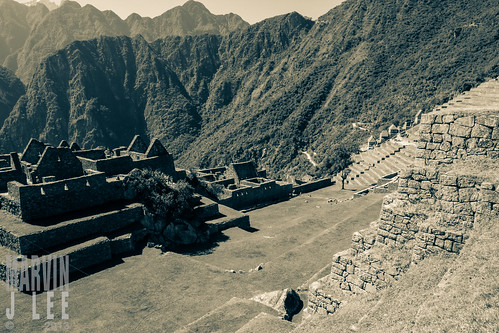
The term ‘Machu Picchu’ literally means ‘old mountain’
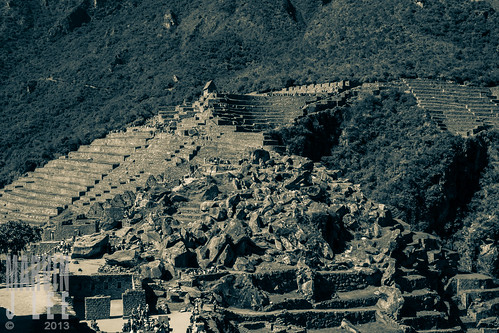
Archaeologists believe that a small pox epidemic obliterated the residents of the site within 100 years of its establishment. It is said that the epidemic was brought by Spanish Conquistadors, and amazingly, they could never locate the exact site of Machu Picchu despite their proximity to spread the epidemic.
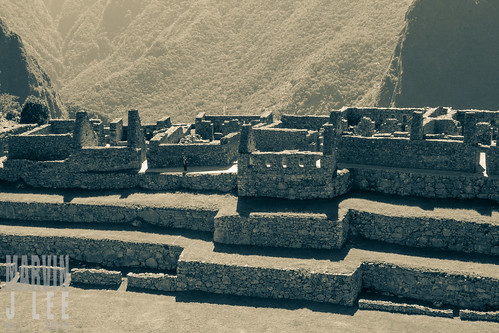
Trekking on the Inca Trail is the most popular way to approach Machu Picchu through several portions of original Inca stone pathways. It is a three-day journey, but the government restricts the number of trekkers to 500 due to fear of wearing away the trail. Compulsory porters are included in the trekking expedition.
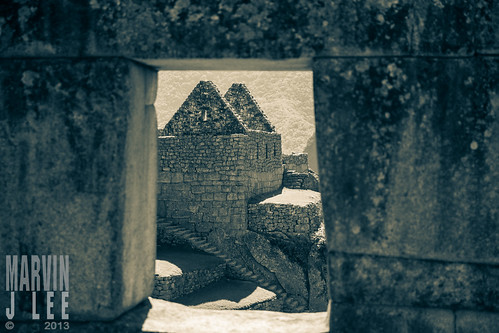
Voting from Internet audience has caused Machu Picchu to acquire a place in the New Seven Wonders of the World. The National Geographic Society dedicated its April 1913 issue to Machu Picchu, honoring its recognition.
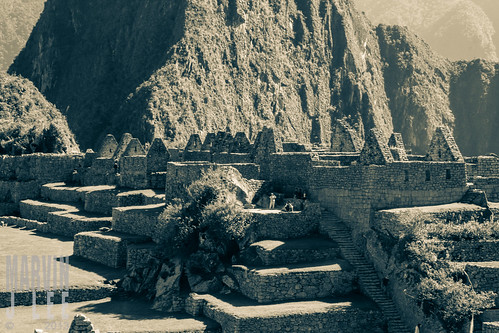
Machu Picchu was originally built as a fortress, and then turned into a capital city of the Incas.
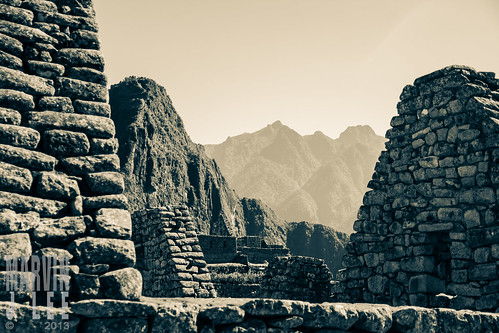
The site covers 80,000 acres (32,500 hectares). Terraced fields on the edge of the site were once used for growing crops, likely maize and potatoes.
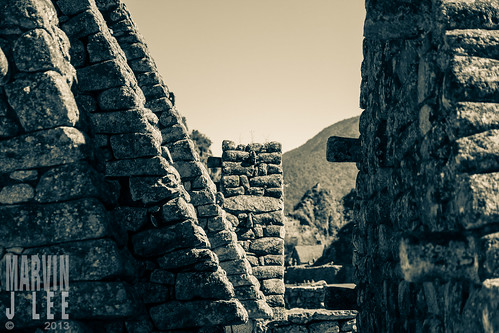
Machu Picchu is believed to have been built by Pachacuti Inca Yupanqui, the ninth ruler of the Inca, in the mid-1400s. An empire builder, Pachacuti initiated a series of conquests that would eventually see the Inca grow into a South American realm that stretched from Ecuador to Chile.
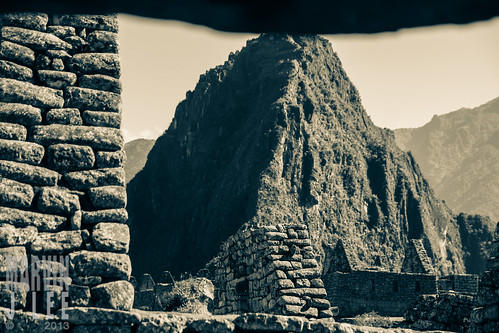
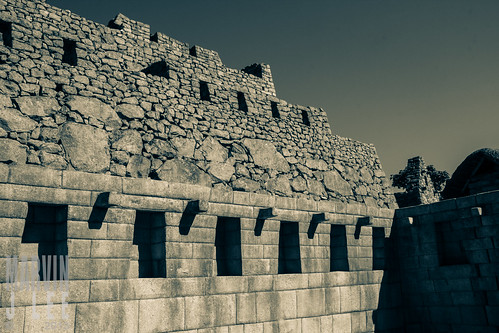
Although Machu Picchu has a wall, modest gateway and dry moat (likely used for collecting rainwater) it doesn’t appear to have been set up with military purposes in mind, and there is no evidence that a battle of any sort was fought there.
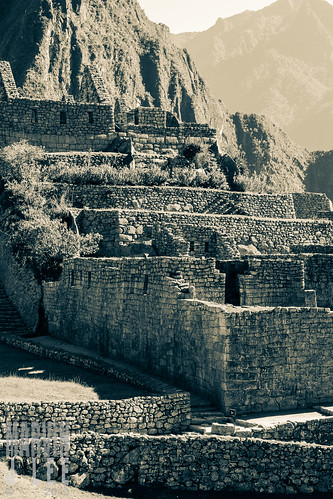
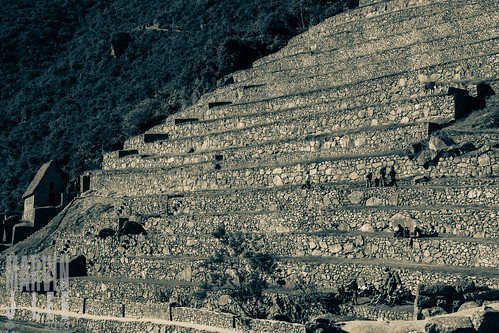

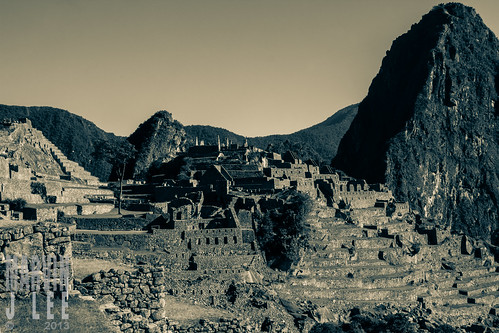
Machu Picchu did not survive the collapse of the Inca

The engineer Kenneth Wright has estimated that 60 percent of the construction done at Machu Picchu was underground. Much of that consists of deep building foundations and crushed rock used as drainage.

Many of the building blocks that have been used to create Machu Piccu weigh 50 tones or more yet are precisely sculpted and fit together with great precision that the mortarless joints will not permit the insertion of even a thin knife blade.

The ruins of Machu Picchu were declared an UNESCO World Heritage Site in 1983 the ruins have also been included in the new seven wonders of the modern world list.

The term ‘Machu Picchu’ literally means ‘old mountain’

Archaeologists believe that a small pox epidemic obliterated the residents of the site within 100 years of its establishment. It is said that the epidemic was brought by Spanish Conquistadors, and amazingly, they could never locate the exact site of Machu Picchu despite their proximity to spread the epidemic.

Trekking on the Inca Trail is the most popular way to approach Machu Picchu through several portions of original Inca stone pathways. It is a three-day journey, but the government restricts the number of trekkers to 500 due to fear of wearing away the trail. Compulsory porters are included in the trekking expedition.

Voting from Internet audience has caused Machu Picchu to acquire a place in the New Seven Wonders of the World. The National Geographic Society dedicated its April 1913 issue to Machu Picchu, honoring its recognition.

Machu Picchu was originally built as a fortress, and then turned into a capital city of the Incas.

The site covers 80,000 acres (32,500 hectares). Terraced fields on the edge of the site were once used for growing crops, likely maize and potatoes.

Machu Picchu is believed to have been built by Pachacuti Inca Yupanqui, the ninth ruler of the Inca, in the mid-1400s. An empire builder, Pachacuti initiated a series of conquests that would eventually see the Inca grow into a South American realm that stretched from Ecuador to Chile.

Machu Picchu has a number of structures that would have enhanced the spiritual significance of the site.
One of them, the “Temple of the Sun,” or Torreón, has an elliptical design similar to a sun temple found at the Inca capital of Cuzco. It is located near where the Inca emperor is believed to have resided at Machu Picchu.

Although Machu Picchu has a wall, modest gateway and dry moat (likely used for collecting rainwater) it doesn’t appear to have been set up with military purposes in mind, and there is no evidence that a battle of any sort was fought there.

- It is situated about 75 miles (120 kilometers) northwest of the town of Cusco. Cusco was the old imperial Inca capital, which was both the administrative and the religious center of the empire.

- No one really knows, but these are all possibilities. The Inca Trail is a walking route that leads through the mountains above the Urubamba river, following (at least partly) the course of an old Inca roadway leading to the city of Machu Picchu.

- One stone used in the town's construction is estimated to weigh 300 tons. Archaeologists are unsure how it was moved in place at the top of a mountain.

Machu Picchu did not survive the collapse of the Inca
Subscribe to:
Posts (Atom)

